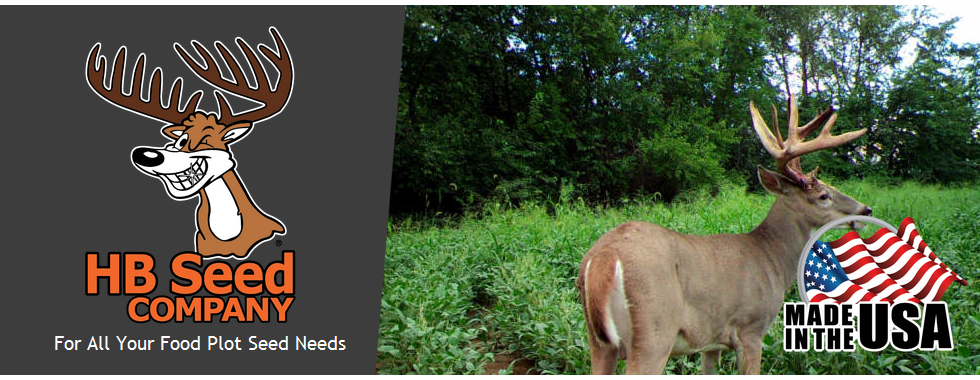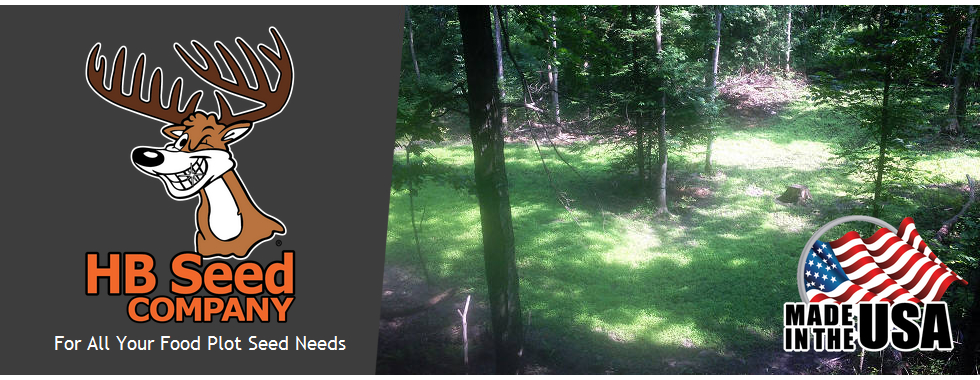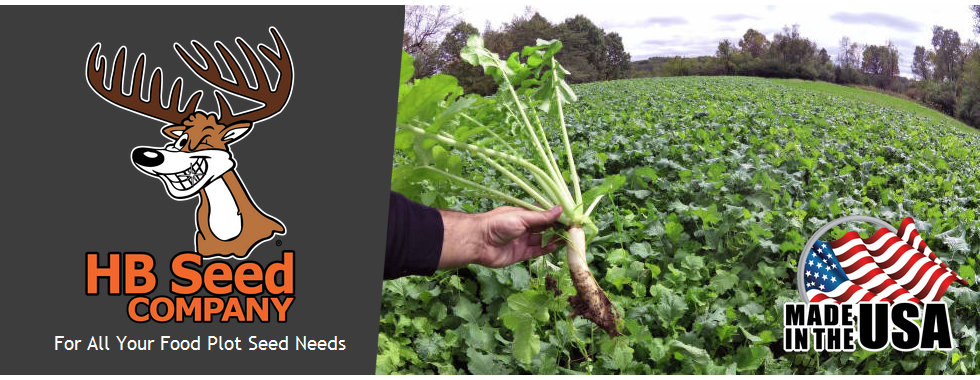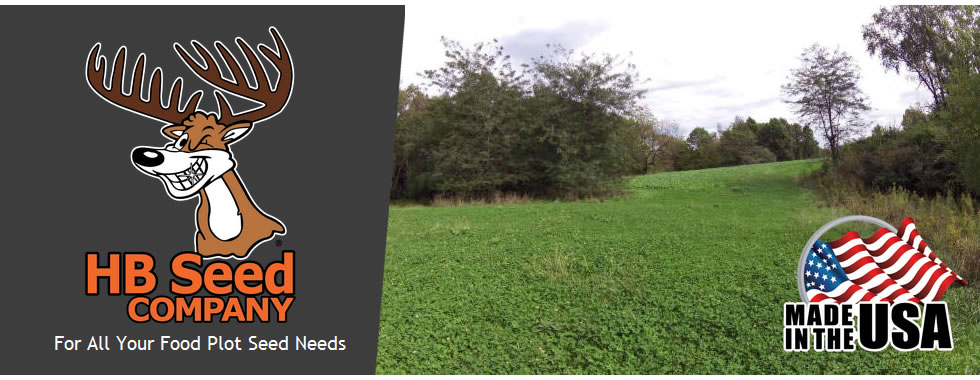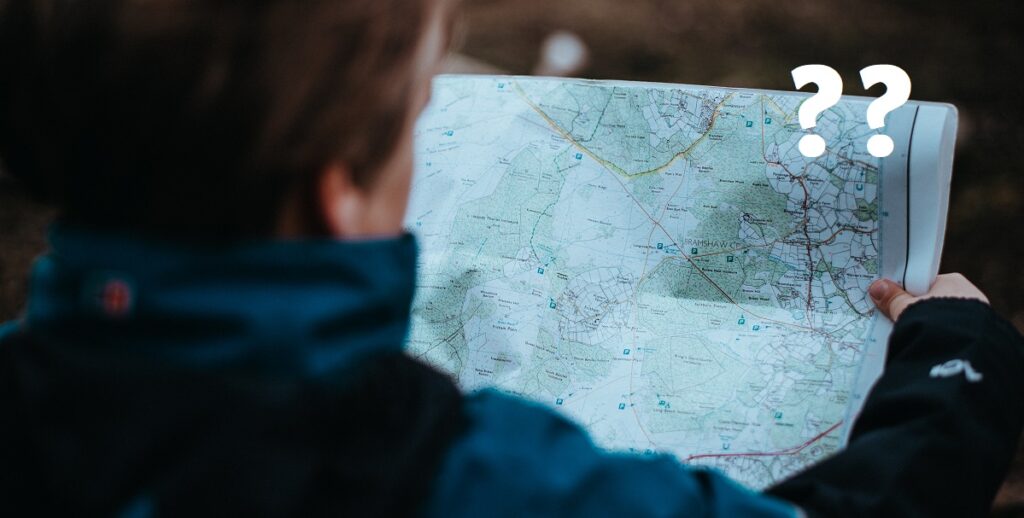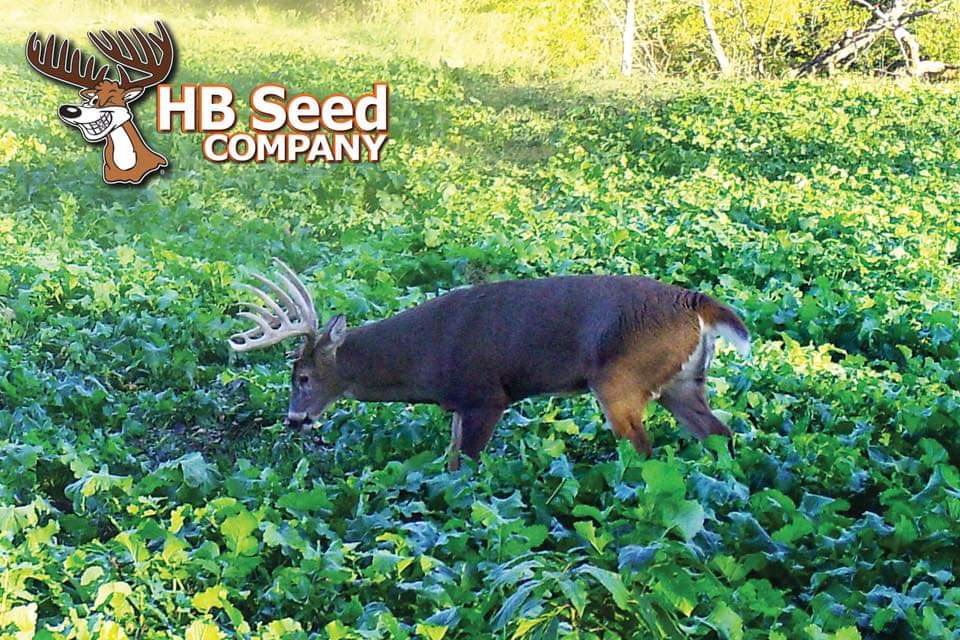The Scoop on Mineral
Some people like to use mineral supplements to help deer survive the winter. Some just want to attract more deer to their property. And of course, everyone hopes it will help them grow bigger bucks. But not all mineral supplements are created equal. Here, we’ll breakdown some of the top factors when considering your mineral options and how to best use it.
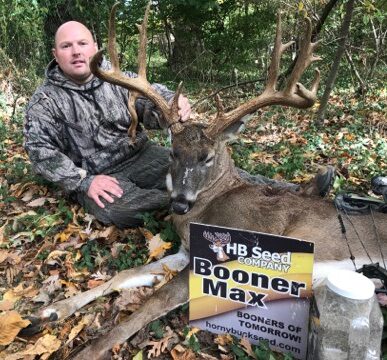
Why is Mineral Important?
It may seem obvious, but deer are a lot like us in that they get their nutrition from what they eat. Unlike us, though, their choices are much more limited, especially in the winter months. Even with access to a variety of foods, we know that we as humans still have nutritional gaps, so we often take supplements. To help cover those nutritional gaps for deer, this is where mineral supplementation comes in.
While most people think of mineral as a way to help bucks grow bigger antlers, we take a broader-picture approach. Those big bucks start out as little bucks, which start out as fawns. By supplying high-quality mineral to your entire herd in the winter and early spring, you’re not only assisting the health of your bucks AND does; you’re also giving fawns a jump-start to their development. This will then lead to both bigger-antlered bucks this year as well as establish a great foundation for a healthier herd in the long term.
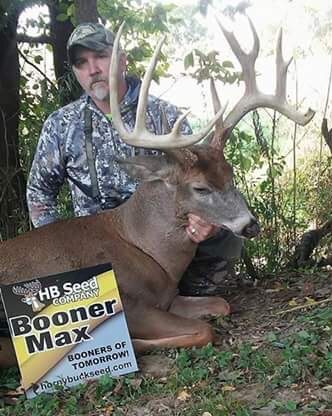
Why use Booner Max?
If you’ve purchased mineral before or looked at the ingredients, you’ve probably seen that salt is often one of the top ingredients. In fact, many people just look for salt rocks, blocks or “licks,” knowing that the salt alone will draw the deer in. While salt is important for attracting deer, it offers little nutritional value on its own. Our Booner Max mineral contains 17.5-20.5% salt content, leaving room in the bag for more important minerals like calcium, phosphorus, magnesium, potassium, and more. If you’re using mineral with over 30% salt content, you’re missing out on providing your deer with better nutrition during the critical winter months.
Booner Max was formulated with the help of wildlife biologists and tested in controlled environments. In addition to a wide variety of minerals, Booner Max also includes sea kelp to reduce and regulate the deers’ body temperature, and probiotics to help them digest and utilize those minerals to maximum efficiency. This combination makes a major difference in deer health and antler growth. Our customers have seen as much as 30-40 inches of antler added year over year from 3 ½ to 4 ½-year-old bucks in the wild. Oftentimes bucks will produce additional tines, split tines, drop tines, and stickers galore at the base of the antlers that were not there at all in previous years. Besides bigger antlered bucks, you can expect to see a healthier-bodied herd as a whole, too.
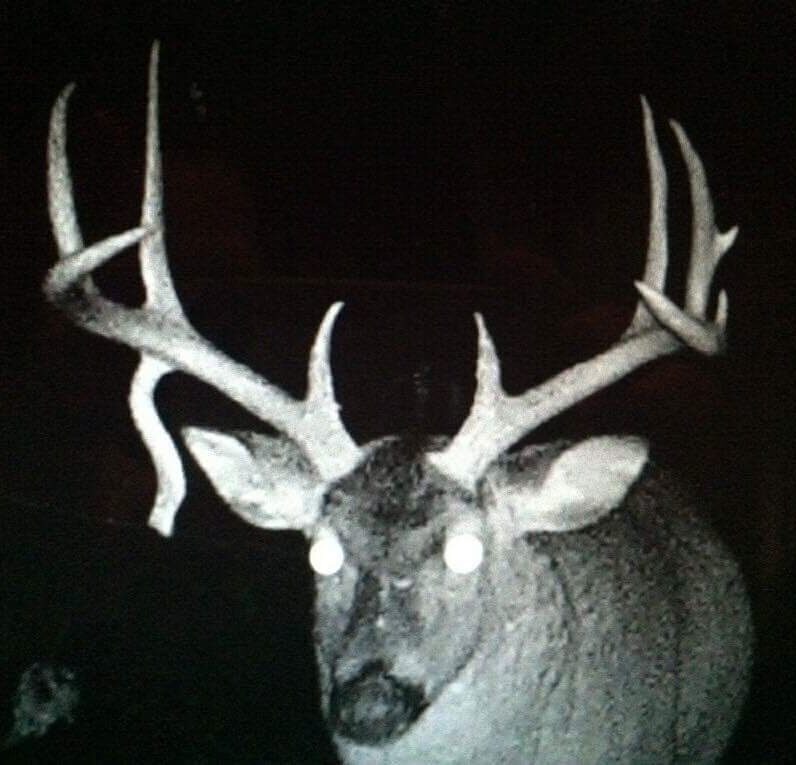
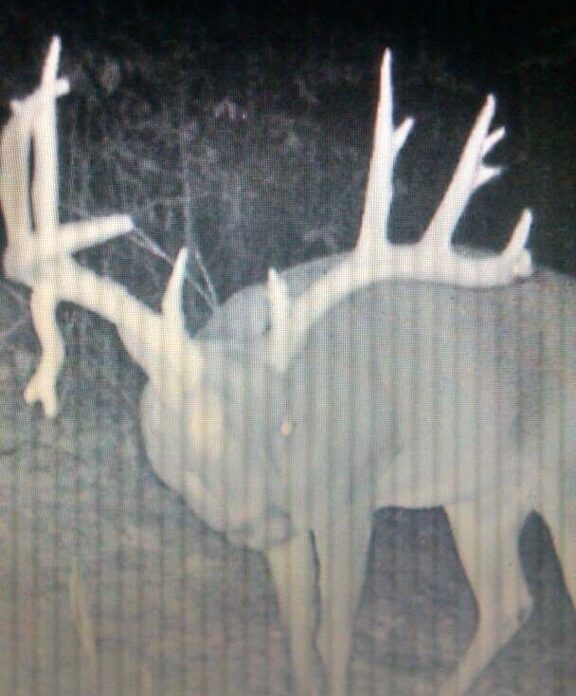
Tips for Using Booner Max
State and local laws vary, so please be sure to check your regulations before placing mineral.
Our ideal recommendation is to locate an area near water and a bedding area. Find an old stump to pour it on/in, and pour 25 lbs at that location. Alternatively, you could simply clear any vegetation, dig a shallow hole or loosen some dirt and mix the mineral in. The amount of mineral sites is dependant on the size of your herd, but a good rule of thumb is two mineral sites for every 40 acres. To optimize antler growth, winter and early spring are the most critical times to supply mineral to your herd and is also when you will see the most mineral consumption. We recommend replenishing your mineral sites twice a year – you can replenish more often as needed. Again, laws vary from state to state and even county to county, so please be sure to check that you’re in compliance with your area’s laws before placing any mineral.
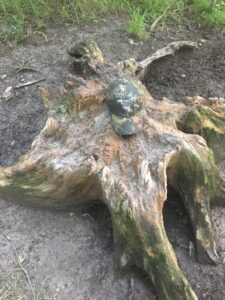
Incorporating mineral sites is a great way to enhance your current land management strategy. Are you ready to start growing the booners of the future on your property? Get your Booner Max today!
